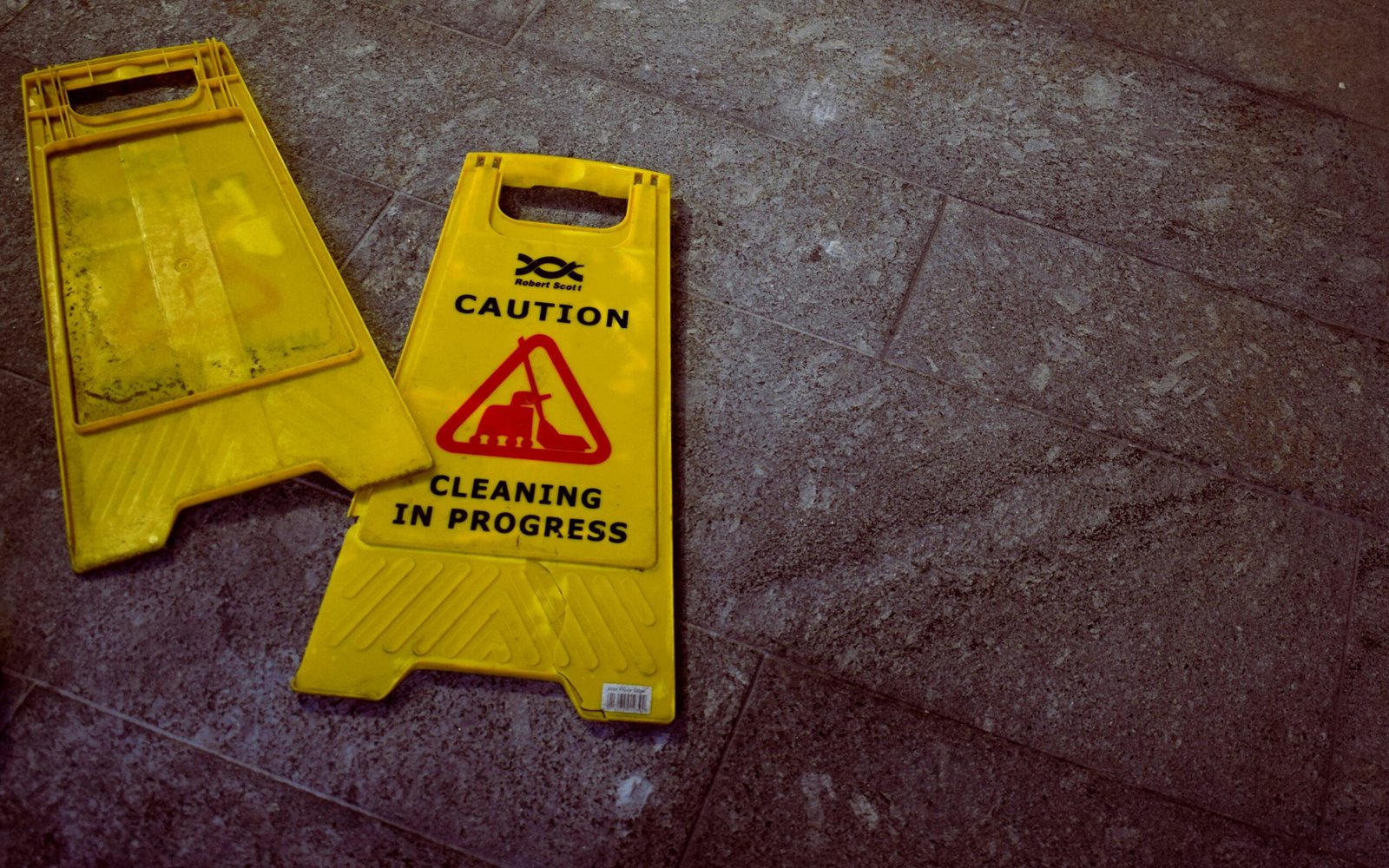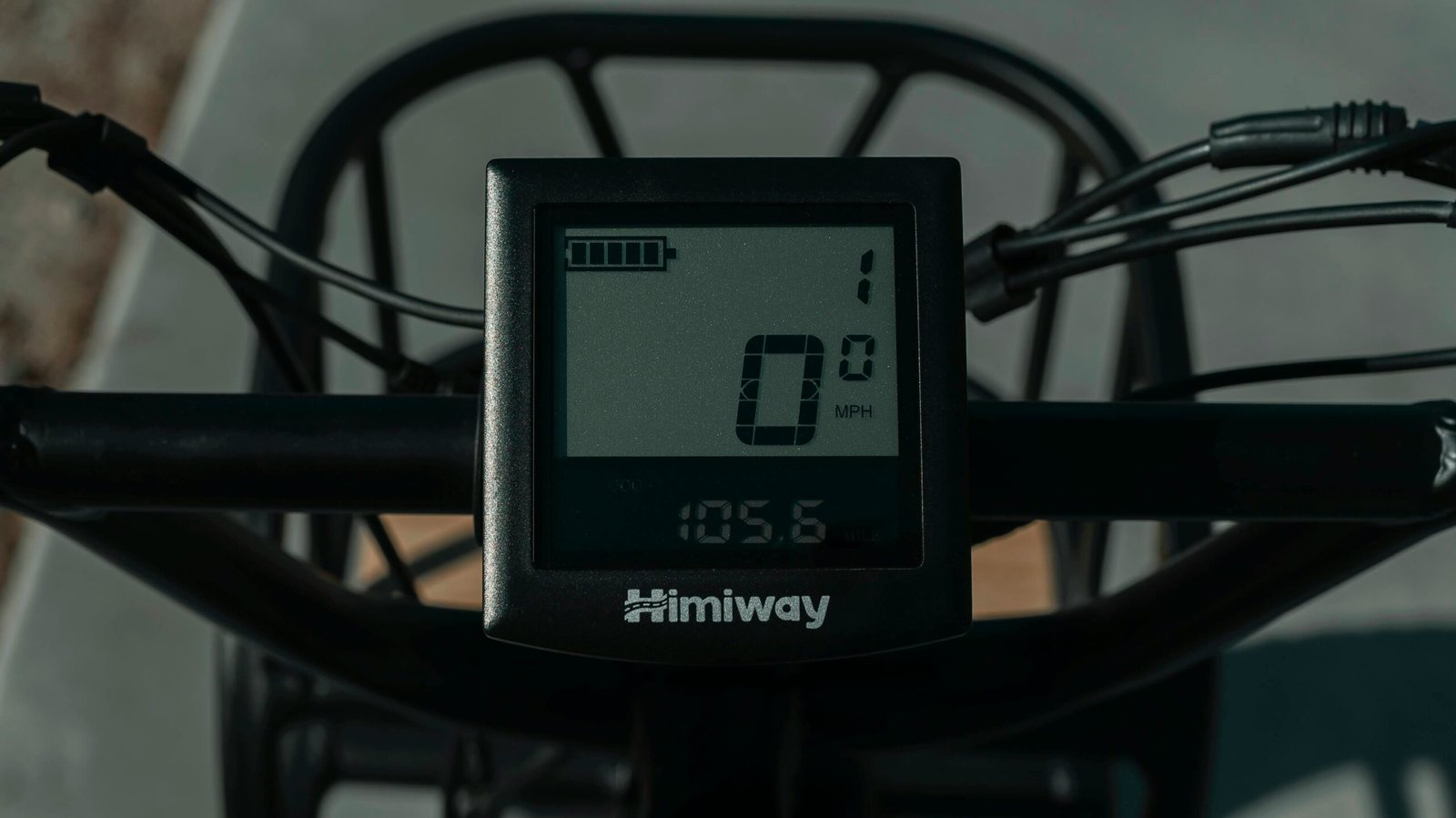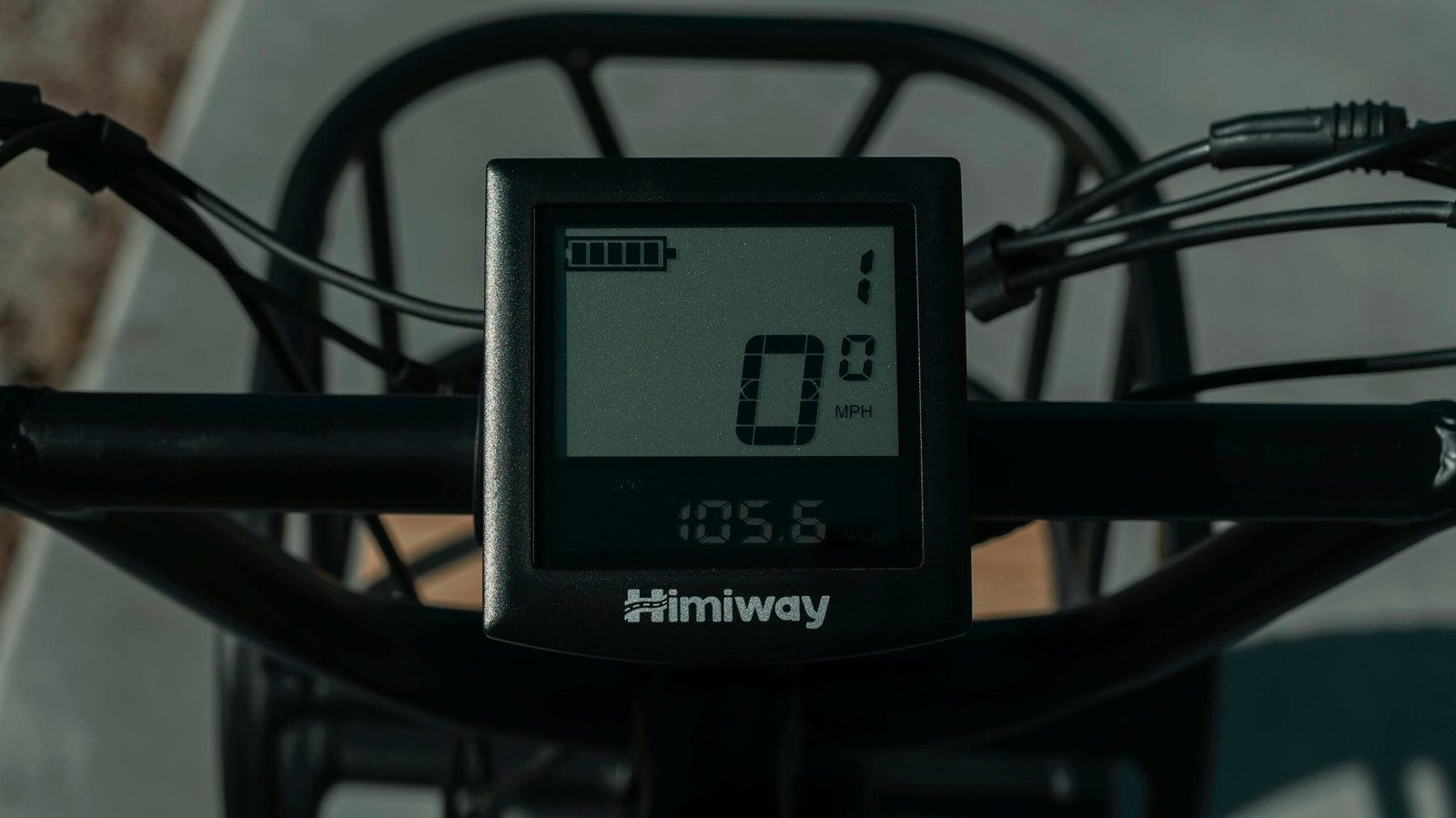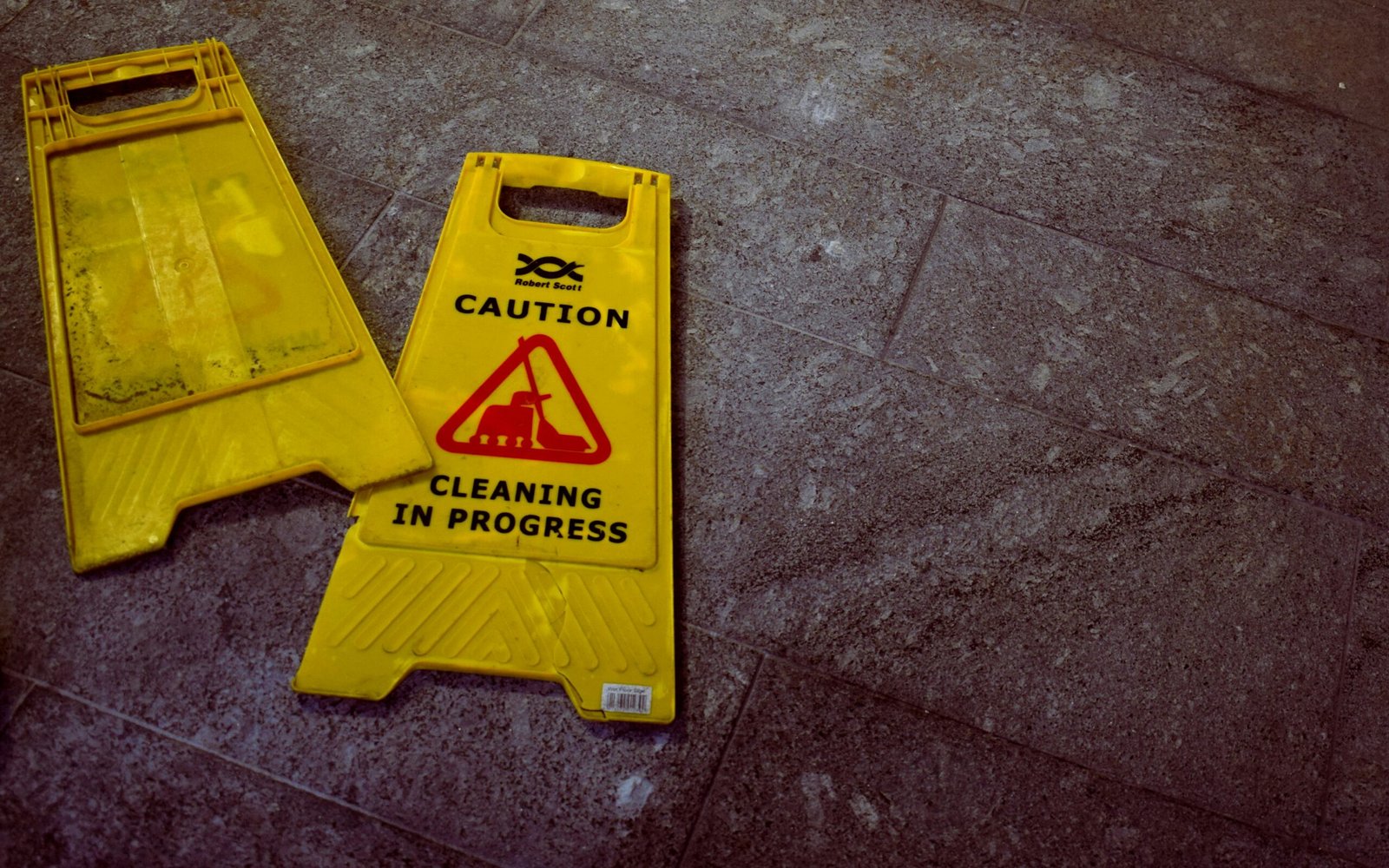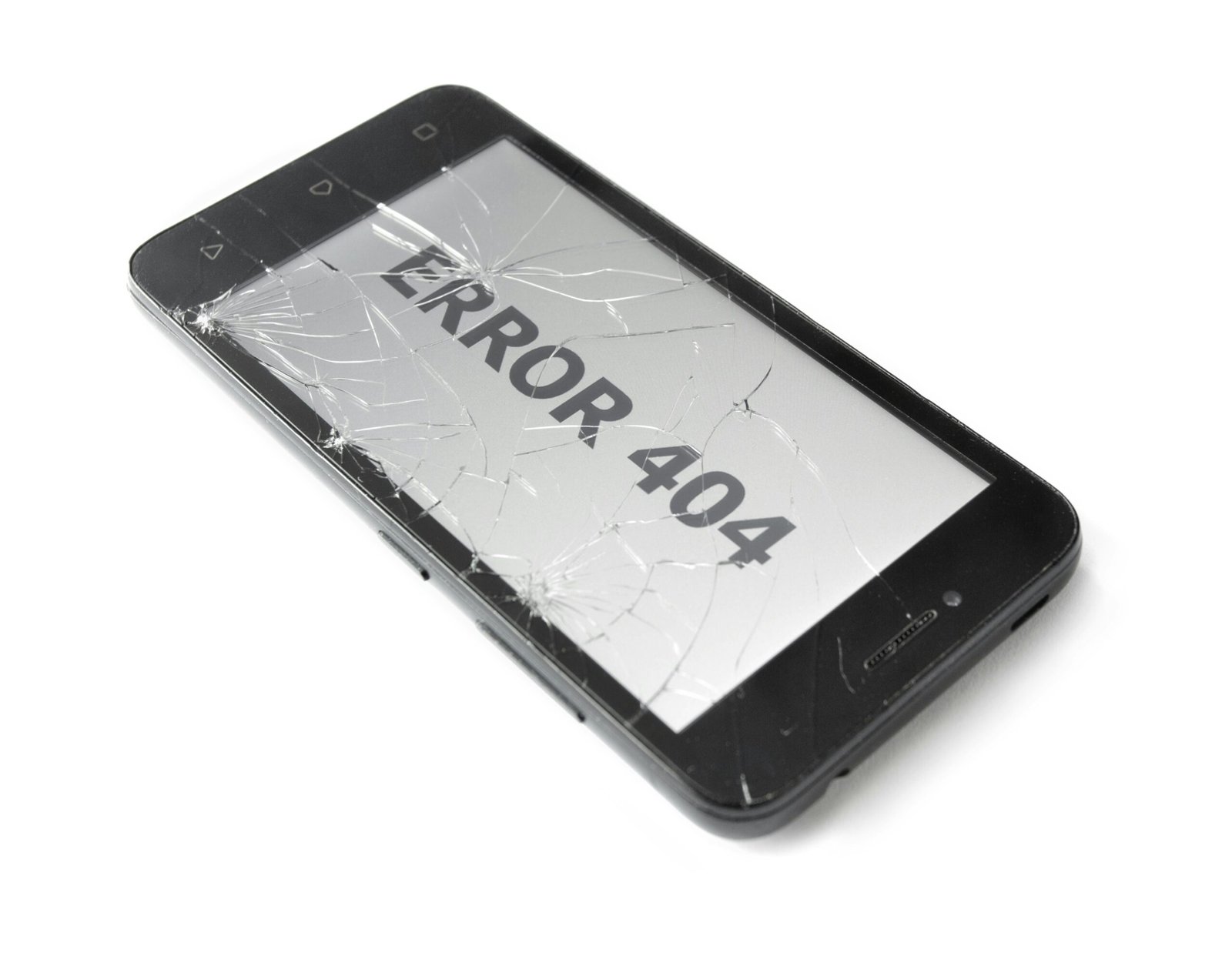Can You Use Eyeglass Cleaner on an LCD Screen?
Understanding LCD Screen Composition
LCD (Liquid Crystal Display) screens are intricate assemblies comprised of several delicate layers, each playing a pivotal role in image production. The foundation of this technology lies in the interaction of these layers to create vibrant and sharp visuals. Here’s a closer look at the main components of an LCD screen:
First, at the core is the glass substrate, which forms the structural base of the display. This glass layer is meticulously crafted to ensure clarity and support for the subsequent layers. Embedded within this glass base are the liquid crystals. These crystals are unique organic compounds that change orientation when subjected to electrical currents. By adjusting the orientation of these crystals, the screen can control the passage of light, hence forming images.
Above the liquid crystals, you’ll find the color filters. These filters are segmented into red, green, and blue sections, corresponding to the primary colors of light. By altering the intensity and combination of light passing through these filters, the screen can produce a spectrum of colors necessary for detailed image reproduction.
Another crucial element in the display is the polarizing filters. There are typically two polarizing filters placed at perpendicular angles to each other, sandwiching both the liquid crystals and the color filters. These polarizers work to control the direction of light waves, ensuring that only the desired light patterns reach the viewer’s eyes. The synchronous interaction between these polarizers and liquid crystals is essential for accurate and vibrant imagery.
Understanding these constituents underlines the importance of using the right cleaning solutions for LCD screens. Components like the liquid crystals and polarizing filters are incredibly sensitive to certain chemicals. Using an inappropriate cleaner can adversely affect these elements, leading to issues like screen discoloration, reduced clarity, or permanent damage. Therefore, a specialized cleaning method and solution is crucial to maintaining the integrity and performance of your LCD screen.
Ingredients in Eyeglass Cleaners
Eyeglass cleaners are formulated to effectively remove smudges, fingerprints, and dust from optical lenses without causing damage. The typical ingredients found in these cleaners include isopropyl alcohol, ammonia, and various detergents, each contributing unique properties that assist in cleaning.
Isopropyl alcohol is a common ingredient known for its rapid evaporation and effective cleaning capabilities. Its chemical structure allows it to dissolve oils and grease, making it a preferred choice for removing smudges on lenses. However, when used on an LCD screen, the volatility of isopropyl alcohol may pose risks. The rapid evaporation can leave residue, potentially leading to streaks or damage to the anti-reflective coatings found on LCDs.
Another component frequently found in eyeglass cleaners is ammonia. Ammonia is prized for its potency in breaking down grime and organic residues. Although effective on glass surfaces, ammonia can be detrimental to more sensitive materials. For example, the use of ammonia on an LCD screen can lead to discoloration or degradation of the screen’s protective layer, as LCD screens are more delicate compared to optical lens surfaces.
Detergents incorporated in eyeglass cleaners serve to encapsulate and remove dirt particles from the lens surface. These detergents are usually mild to prevent scratching or other damage to the lenses. Nonetheless, the soapy nature of these detergents can be problematic for LCD screens, potentially leaving a soapy film or, worse, seeping into the screen’s delicate electronics and causing damage.
In summary, the chemical properties that make eyeglass cleaners highly effective for optical lenses may not translate well to different materials. Specifically, the ingredients such as isopropyl alcohol and ammonia, though beneficial for robust glass lenses, may pose substantial risks to the more sensitive surfaces of LCD screens. Therefore, it is essential to consider the potential impact of each component before using eyeglass cleaner on an LCD screen.
Potential Risks of Using Eyeglass Cleaner on LCD Screens
Using eyeglass cleaner on LCD screens can pose a multitude of risks that might undermine the longevity and functionality of your display. One of the primary concerns is the potential damage to the anti-reflective coating. This coating is specifically designed to minimize glare and enhance visual clarity but is often delicate and sensitive. Many eyeglass cleaners contain alcohol or ammonia, which can erode this coating, leading to a compromised viewing experience.
Discoloration is another significant risk. The chemical composition of eyeglass cleaners could react adversely with the materials used in LCD screens. Over time, this can cause patches of discoloration that mar the screen’s appearance. These patches are typically irreversible, and in severe cases, can render the screen nearly unusable. Moreover, streaking is a common issue. The liquids in eyeglass cleaners might not evaporate uniformly, leaving behind streaks and blotches that disrupt the visual experience.
More crucially, using eyeglass cleaner can result in permanent damage to the screen’s delicate pixels. LCD screens are composed of thin layers of liquid crystals that can be easily disturbed by harsh chemicals. The intrusion of eyeglass cleaner into these layers can lead to pixel malfunction, such as dead spots or uneven brightness levels. For instance, a case study involving a high-end LCD television highlighted how the consistent use of an eyeglass cleaner led to extensive pixel damage, causing the need for a full screen replacement.
Incorporating real-life examples further illustrates these risks. A tech enthusiast blog noted several incidents where users experienced screen malfunctions after using eyeglass cleaners. These malfunctions ranged from minor visual disturbances to complete screen failures, highlighting the importance of using the right cleaning methods and solutions for maintaining LCD screens.
Safe Alternatives and Best Practices for Cleaning LCD Screens
Maintaining the clarity and functionality of your LCD screens hinges on using the right cleaning methods. While eyeglass cleaners may seem convenient, they are not always formulated for the delicate surfaces of LCD screens. Instead, opting for products specifically designed for electronics can ensure your screens remain in optimal condition. Commercial screen cleaning solutions often contain milder ingredients that are safe for LCDs, providing an effective way to remove fingerprints, dust, and smudges.
For those who prefer DIY solutions, a simple mixture of distilled water and white vinegar can serve as an effective alternative. The recommended ratio is typically a 1:1 mix, ensuring that the solution is gentle enough to avoid damaging the surface while still being capable of cleaning it effectively. Distilled water is critical in this mixture as it is free from minerals that can potentially scratch your screen, unlike tap water which might contain abrasive particles.
Regardless of the cleaning solution chosen, using a microfiber cloth is essential. Microfiber cloths are specifically designed to attract and hold dust while being gentle on the surface, preventing scratches and abrasions that can arise from using paper towels or other cloths. When cleaning, it’s advisable to apply the cleaning solution to the cloth rather than directly onto the screen. This method helps you control the amount of liquid that comes into contact with the screen, reducing the risk of liquid damage.
Proper wiping techniques play a crucial role in maintaining your LCD screen. It’s best to use gentle, circular motions and avoid pressing too hard to prevent any undue stress on the screen. Cleaning from the center towards the edges can also help in achieving a streak-free finish. Adhering to these best practices not only prolongs the lifespan of your LCD but also ensures a consistently clear, vibrant display, free from imperfections and damage.

